
Code: 01631200
Credit Rating and the Impact on Capital Structure
by Christian Kronwald
Seminar paper from the year 2009 in the subject Business economics - Banking, Stock Exchanges, Insurance, Accounting, printed single-sided, grade: 1,3, University of Hohenheim (Lehrstuhl für Bankwirtschaft und Finanzdienstleistung ... more
- Language:
 English
English - Binding: Paperback
- Number of pages: 72
Publisher: Grin Publishing, 2010
- More about this

You might also like
Give this book as a present today
- Order book and choose Gift Order.
- We will send you book gift voucher at once. You can give it out to anyone.
- Book will be send to donee, nothing more to care about.
More about Credit Rating and the Impact on Capital Structure
You get 117 loyalty points
 Book synopsis
Book synopsis
Seminar paper from the year 2009 in the subject Business economics - Banking, Stock Exchanges, Insurance, Accounting, printed single-sided, grade: 1,3, University of Hohenheim (Lehrstuhl für Bankwirtschaft und Finanzdienstleistungen), language: English, abstract: The question about capital structure is one of the most important issues which the management of a company faces in implementing their daily business. Therefore, the question of which factors affect capital structure decisions attracts high attention in the past and recent literature on capital structure. There are many papers providing valuable insights into capital structure choices, starting with the paper of Modigliani and Miller (1958). The MM-Theorem is generally considered a purely theoretical result since it ignores important factors in the capital structure decision like bank-ruptcy costs, taxes, agency costs and information asymmetry. Based on this paper many other theories which consider factors neglected by Modigliani and Miller have been evolved. Two major theories are the Tradeoff- and the Pecking-Order-Theory. The former loosens assumptions stated in the MM-Theorem by including bankruptcy costs and taxes while the latter introduces information asymmetry into the capital structure discussion. Chapter 2.1 will give a brief overview of these theories. For complexity reasons these models cannot capture all relevant factors affecting the capital structure policy of a company. However, all these theories disregard one cru-cial factor which plays an important role on capital markets all over the world. The significance of Credit Ratings is gradually increasing, and it is doing so in many re-spects. This paper focuses on the Credit Rating-Capital Structure-Hypotheses (CRCS) developed by Darren J. Kisgen as a modern approach to the capital structure discussion. The hypothesis argues that credit ratings have an impact on capital struc-ture decisions due to discrete costs (benefits) associated with a rating change. Firstly, reasons why credit ratings are material for capital structure decisions will be out-lined. Then, situations in which credit rating effects play a role will be examined. For this issue it is very important to show how it can be measured whether a firm is con-cerned about a rating change or not. Afterwards the CR-CS will be empirically tested. The traditional theories don t explain the results obtained in these tests. Therefore credit rating effects will be combined with factors discussed in the Tradeoff- and Pecking-Order-Theory. In subsequent empirical tests credit rating factors will be integrated into previous capital structure test to show that the results of the CR-CS tests remain statistically significant...
 Book details
Book details
Book category Knihy po anglicky Economics, finance, business & management Industry & industrial studies
47.63 €
- Full title: Credit Rating and the Impact on Capital Structure
- Author: Christian Kronwald
- Language:
 English
English - Binding: Paperback
- Number of pages: 72
- EAN: 9783640575497
- ISBN: 3640575490
- ID: 01631200
- Publisher: Grin Publishing
- Weight: 104 g
- Dimensions: 210 × 148 × 4 mm
- Date of publishing: 30. March 2010
Trending among others
-

Barbie and Ruth
16.21 € -21 % -

One From Many; VISA and the Rise of the Chaordic Organization
22.48 € -20 % -

ISE Film History: An Introduction
77.72 € -
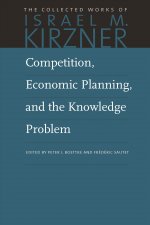
Competition, Economic Planning & the Knowledge Problem
22.99 € -

Logistics and Supply Chain Management Projects
101.85 € -
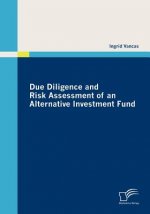
Due Diligence and Risk Assessment of an Alternative Investment Fund
80.28 € -
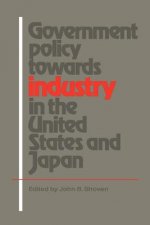
Government Policy towards Industry in the United States and Japan
59.24 € -
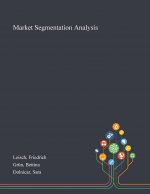
Market Segmentation Analysis
59.13 € -

Family Friendly Farming
34.80 € -4 % -
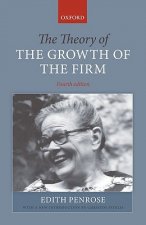
Theory of the Growth of the Firm
62.32 € -

Mercedes Benz Adenauer: Legenden sind rot. (Tischkalender 2024 DIN A5 quer), CALVENDO Monatskalender
33.26 € -
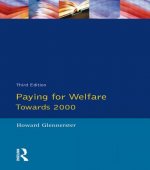
Paying For Welfare
82.03 € -

Industrial Safety and Risk Management
61.19 € -

Museum Management
71.04 € -

Second Industrial Divide
44.55 € -

Convention Tourism
88.70 € -
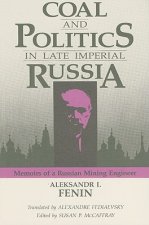
Coal and Politics in Late Imperial Russia
59.95 € -

Art of Luxury Selling
86.65 € -

Messerschmitt Kabinenroller KR 200 Fahren unter dem Radar (Wandkalender 2024 DIN A4 quer), CALVENDO Monatskalender
23.81 € -

Mercedes Benz Adenauer: Legenden sind rot. (Wandkalender 2024 DIN A4 quer), CALVENDO Monatskalender
33.26 € -

Inside Reporting
205.04 € -

Rolls-Royce
215.20 € -

Howard Hughes, Hell's Angel
33.77 € -1 % -

Messerschmitt Kabinenroller KR 200 Fahren unter dem Radar (Wandkalender 2024 DIN A2 quer), CALVENDO Monatskalender
64.27 € -
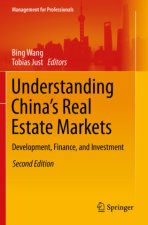
Understanding China's Real Estate Markets
89.83 € -

Cultural Tourism
80.28 € -

Joint Ventures, Alliances and Corporate Strategy
44.55 € -

Messerschmitt Kabinenroller KR 200 Fahren unter dem Radar (Wandkalender 2024 DIN A3 quer), CALVENDO Monatskalender
34.39 € -

Mercedes Benz Adenauer: Legenden sind rot. (Wandkalender 2024 DIN A2 quer), CALVENDO Monatskalender
75.77 € -

Modernes Hospitality Marketing
48.76 € -

The Palgrave Handbook of Consumerism Issues in the Apparel Industry
261.10 € -

BMW R69S (Tischkalender 2024 DIN A5 quer), CALVENDO Monatskalender
22.78 € -

Bürgermeister-Coaching Leadership Wirtschaftsförderung
149.90 € -

Fashion Heritage
252.89 € -
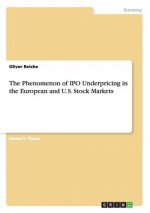
Phenomenon of IPO Underpricing in the European and U.S. Stock Markets
79.77 € -
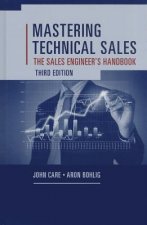
Mastering Technical Sales: The Sales Engineer's Handbook, Third Edition
120.53 € -

Industry and Competition Analysis of Airbus and Boeing
87.98 € -
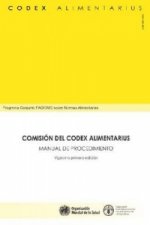
Procedural Manual of the Codex Alimentarius Commission
59.85 € -

Kaizen Assembly
180.19 € -

Fire of Invention
37.57 € -

Competition, Economic Planning and the Knowledge Problem
14.47 € -

Wiley
49.17 € -

Landwirtschaft - Hightech auf dem Feld (Wandkalender 2024 DIN A2 quer), CALVENDO Monatskalender
64.27 € -

Motorrad Oldtimer - Motoransichten (Tischkalender 2024 DIN A5 hoch), CALVENDO Monatskalender
22.78 € -

Sustainable Luxury
252.89 € -

Second Wave
73.10 € -

La Cria de Conejos (Fao
7.28 € -

Messerschmitt Kabinenroller KR 200 Fahren unter dem Radar (Tischkalender 2024 DIN A5 quer), CALVENDO Monatskalender
22.78 € -

Transportschiffe Giganten der Meere (Wandkalender 2025 DIN A2 quer), CALVENDO Monatskalender
64.27 €
Osobný odber Bratislava a 2642 dalších
Copyright ©2008-24 najlacnejsie-knihy.sk Všetky práva vyhradenéSúkromieCookies




 21 miliónov titulov
21 miliónov titulov Vrátenie do mesiaca
Vrátenie do mesiaca 02/210 210 99 (8-15.30h)
02/210 210 99 (8-15.30h)